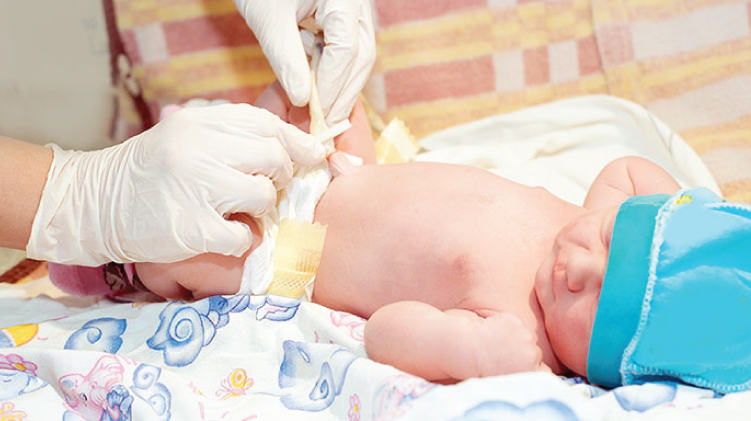Belly button infections also known as Omphalitis in medical terminology, can predispose to significant mortality and morbidity among new-borns. In low income country, the reported incidence is around eight percent in hospital born infants and as high as 22% in infants born in home or non-hospital settings.
What are the sources for belly button infection?
The source for the bacterial infection in the belly button can be the birth canal of the mother, contaminated hands of the person assisting in delivery of the child, environmental condition and application of unhygienic substance to the naval area.
What factors lead to new born belly button Infection?
A belly button infection can be attributed by factors like home birth, traditional cord care practice, lack of education among the caretaker, hygiene and bathing practice adopted by the caretakers. Studies have also established premature delivery and low weight as factors leading to omphalitis in infants. Other factors include economic condition, ethnicity, literacy, caste etc.
What are the signs and symptoms of belly button infection?
If you notice following features in the new born, a belly button infection can be suspected:
Treatment of Belly-Button Infection:
Though belly button infections are rare incidence now a days, the infection may lead to serious complications. Hence, if you observe any of the symptoms mentioned above in your new born baby, you should seek for immediate medical treatment. The doctor may prescribe antibiotics or other required drugs whereas the severe cases may require surgical interventions.
Below are some of the measures which you can practice to refrain your child from getting belly button infection:
Keeping the belly button area dry and hygienic:
World Health Organization (WHO) recommends that umbilical cord area of the new born should be kept dry and exposed to the air. Cleansing the area with water is sufficient for infants with hospital births in developed countries whereas for countries like India, WHO recommends the use of antimicrobial agent chlorhexidine for cleansing the umbilical area in infants.
Cleansing the area with topical soultions:
It is very important to clean the umbilical area to keep it infection free. You can clean the umbilical stump twice or thrice a day using topical antiseptic agents likes alcohol, methylated spirit or povidone iodine. Cotton swab can be used for this purpose. Immediately after performing the cleansing, the area should be allowed to dry.
Placing the baby diaper below the belly button area:
Be careful that you tie the diaper below the navel area. You should also check consistently the diaper is dry; any leakage of the urine from it to the navel area can worsen the infection.
Dressing the infant in loose clothes:
Make sure that the infant’s clothes are not tight over the stump. Loose clothes facilitate better air circulation keeping the area dry and improving the healing.
Refraining from cultural cord care practices that can contaminate the naval area:
You should refrain yourself from traditional practices like application of ash, herbs or mother’s milk on the surface. Studies have shown that these substances can contaminate the stump acting as a potential source of infection.

